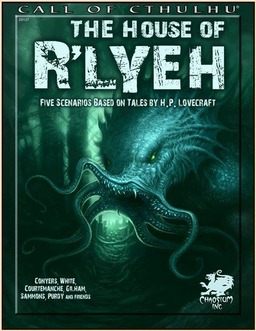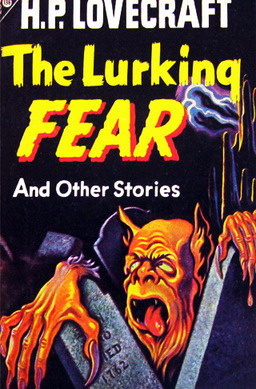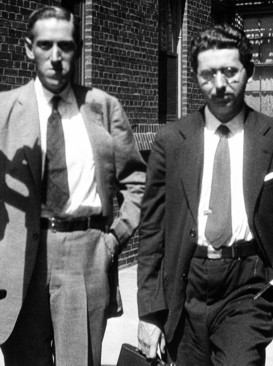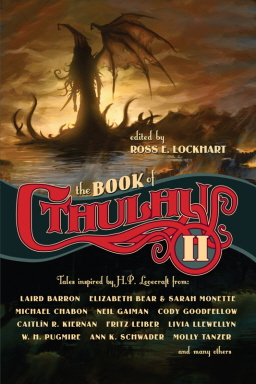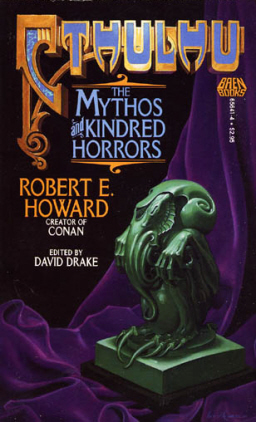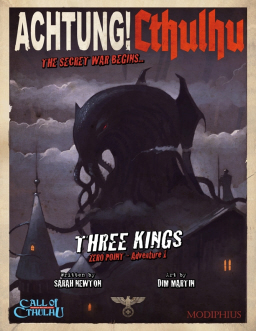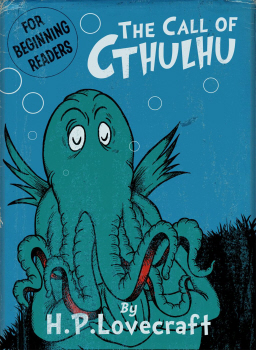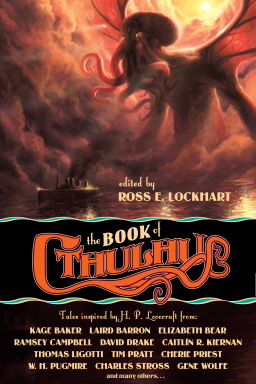Terror in the Heroic Age: Lovecraft and Culbard’s At the Mountains of Madness: A Graphic Novel
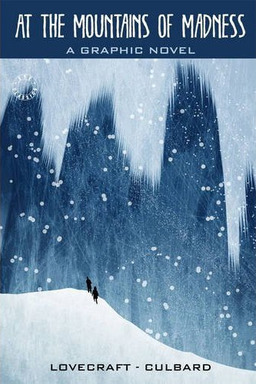 “At the Mountains of Madness” is one of my favorite Lovecraft tales. It was originally serialized in the February, March, and April 1936 issues of Astounding Stories; I was first exposed to it through the brilliant audio adaption from Dark Adventure Radio Theatre, which I listened to during a snowy commute through lonely back highways in Illinois in the winter of 2010. Marvelous stuff.
“At the Mountains of Madness” is one of my favorite Lovecraft tales. It was originally serialized in the February, March, and April 1936 issues of Astounding Stories; I was first exposed to it through the brilliant audio adaption from Dark Adventure Radio Theatre, which I listened to during a snowy commute through lonely back highways in Illinois in the winter of 2010. Marvelous stuff.
So in November, I was very intrigued to read James Maliszewski’s review of a recent comic adaptation by I.N.J. Culbard. Here’s James:
In 124 pages, Culbard succeeds in re-telling one of Lovecraft’s best tales in a fashion that’s both engaging and true to its source. That’s harder than it sounds…
Culbard deftly pares the story down to its essentials, in terms of action, dialog, and exposition. The story thus moves along at a fairly brisk pace, something that cannot be said of the novella, love it though I do. Second, the artwork, which, to my mind, recalls Hergé’s Tintin series, contributes greatly to a sense of narrative motion, which is vitally important in an adaptation of a long and complex story like this one. Furthermore, the artwork suits the subject matter perfectly, recalling as it does (at least to me) stories of late 19th and early 20th century exploration in the still-dark corners of the globe… Even though I already knew the plot intimately, I found Culbard’s strong, clear, almost innocent, illustration style gave it new life, something I didn’t think possible.
Sold! I especially enjoyed James’s description of artwork that recalled “stories of late 19th and early 20th century exploration in the still-dark corners of the globe.” I asked for the Culbard’s graphic novel version for Christmas and my lovely bride was kind enough to deliver.
